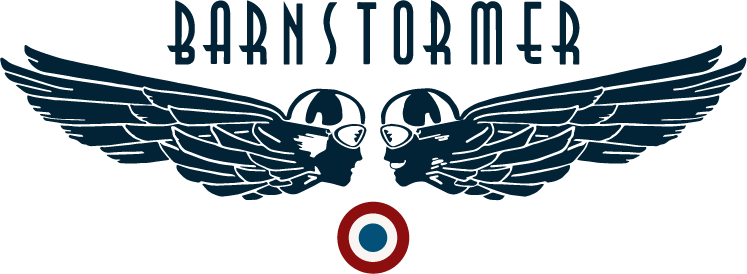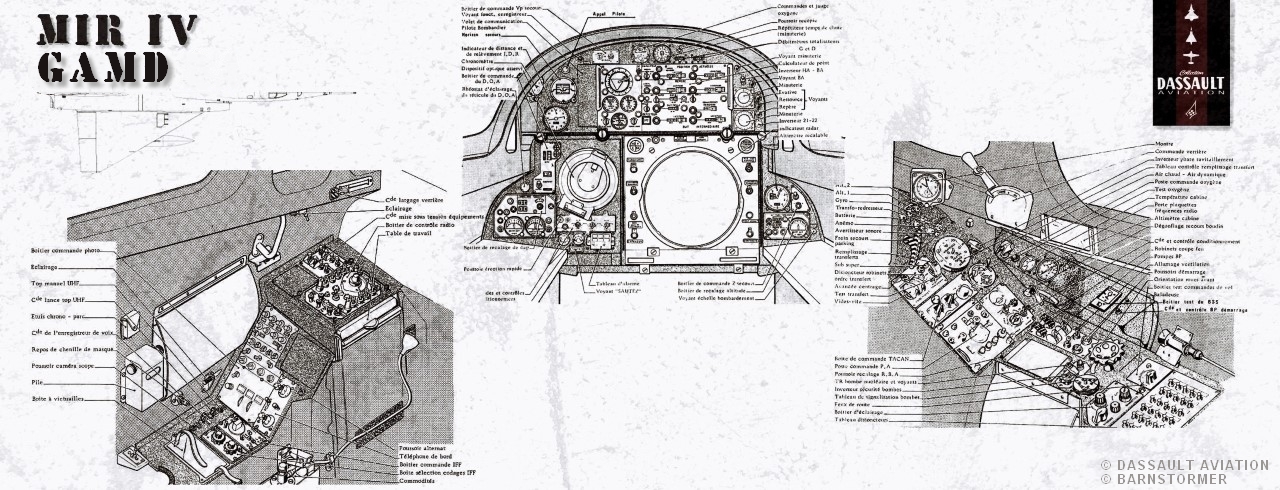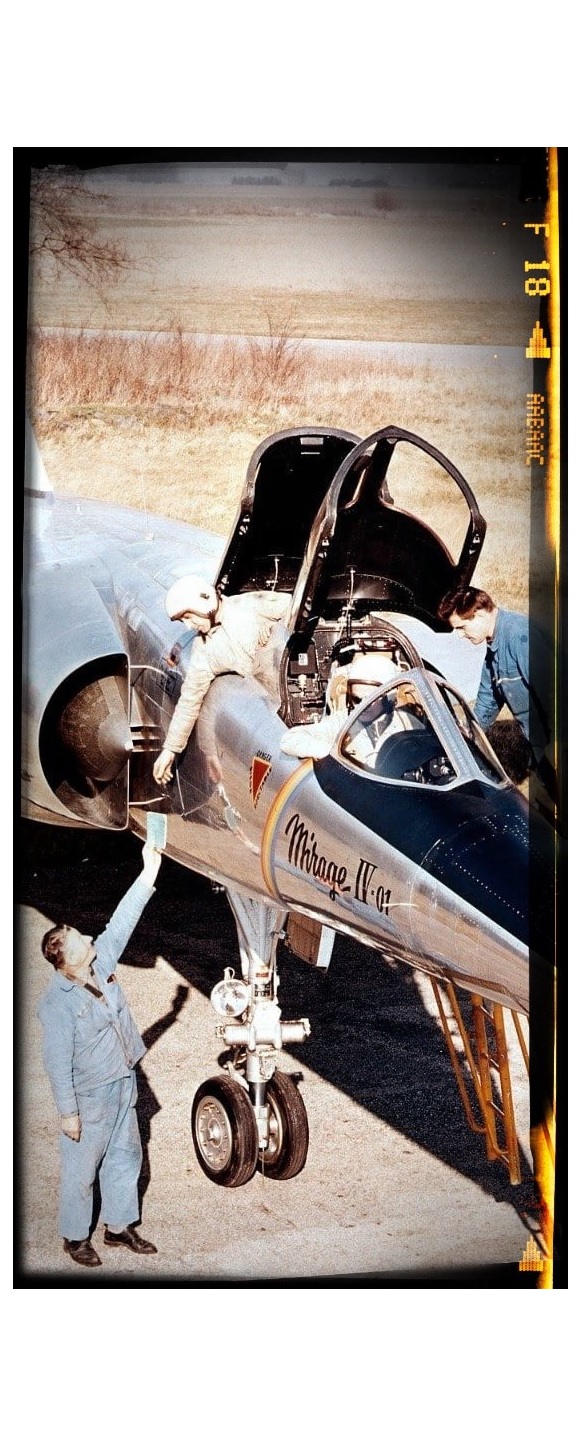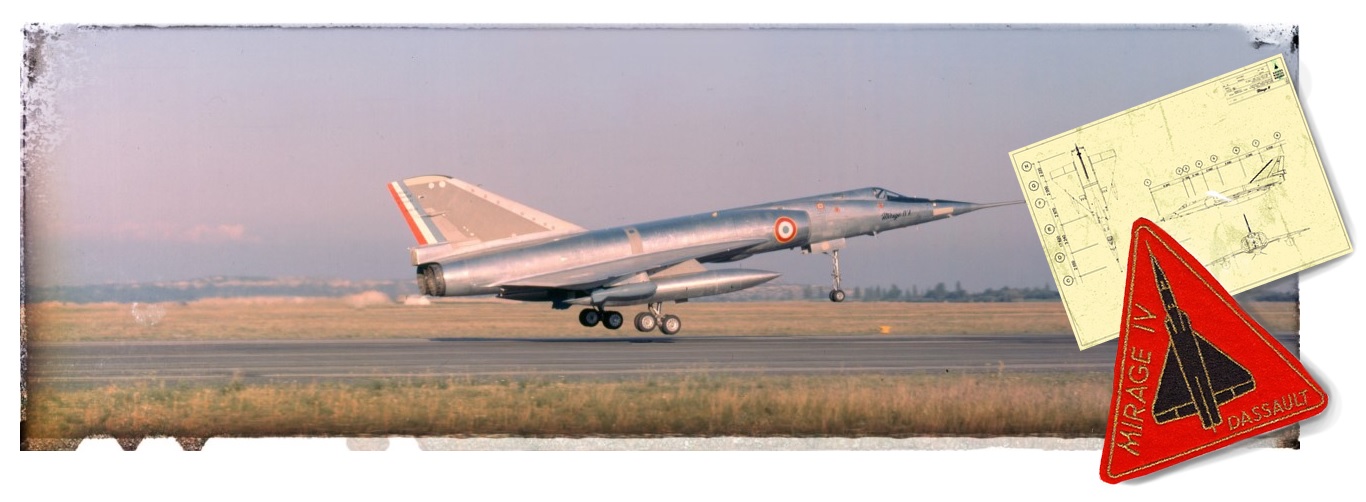On June 17, 1959, Roland Glavany took off for the first time on board the Mirage IV 01 at 10:20 am. The flight lasted 40 minutes. On its third flight, June 20, 1959, the Mirage IV 01 was authorized to fly over the Le Bourget air show in front of General de Gaulle. On September 19, 1960, at 5:05 pm, René Bigand took off from Melun-Villaroche with the Mirage IV 01 and beat the international speed record for 1,000 km in a closed circuit (1,822 km/h). During flight 138 on September 23, he confirmed his first performance and set the record for 500 km in a closed circuit at an average of 1,972 km/h, flying between Mach 2.08 and Mach 2.14.
A new definition of the aircraft, equipped with Snecma Atar 9 D engines, called Mirage IV A, was approved in October 1959. The aircraft weighed 32 metric tons at takeoff, with a minimum range of 1,100 kilometers (50% at supersonic speed), a distance that could be increased by refueling in flight.
The contract for 50 aircraft was confirmed on May 29, 1962 and, on November 4, 1965, for 12 additional aircraft of the same design but which could be equipped with a reconnaissance container.
Serial aircraft No. 1 made its first flight at Mérignac on December 7, 1963, in the hands of René Bigand. It was delivered to the French Air Force in February 1964. In October of the same year, the first bombing squadron was declared operational at the Mont-de-Marsan air base. The challenge against time was won, allowing France to become a true nuclear power. The aircraft were delivered to the Strategic Air Forces at a rate of two per month until March 1968.
When it entered service in 1964, the Mirage IV A became the first European military aircraft capable of long-duration flight at more than Mach 2; it is still the only one in Western Europe.
The last Mirage IV (P) was retired from operational service in 2005.









 Livraison et retour
Livraison et retour Guide des tailles
Guide des tailles

